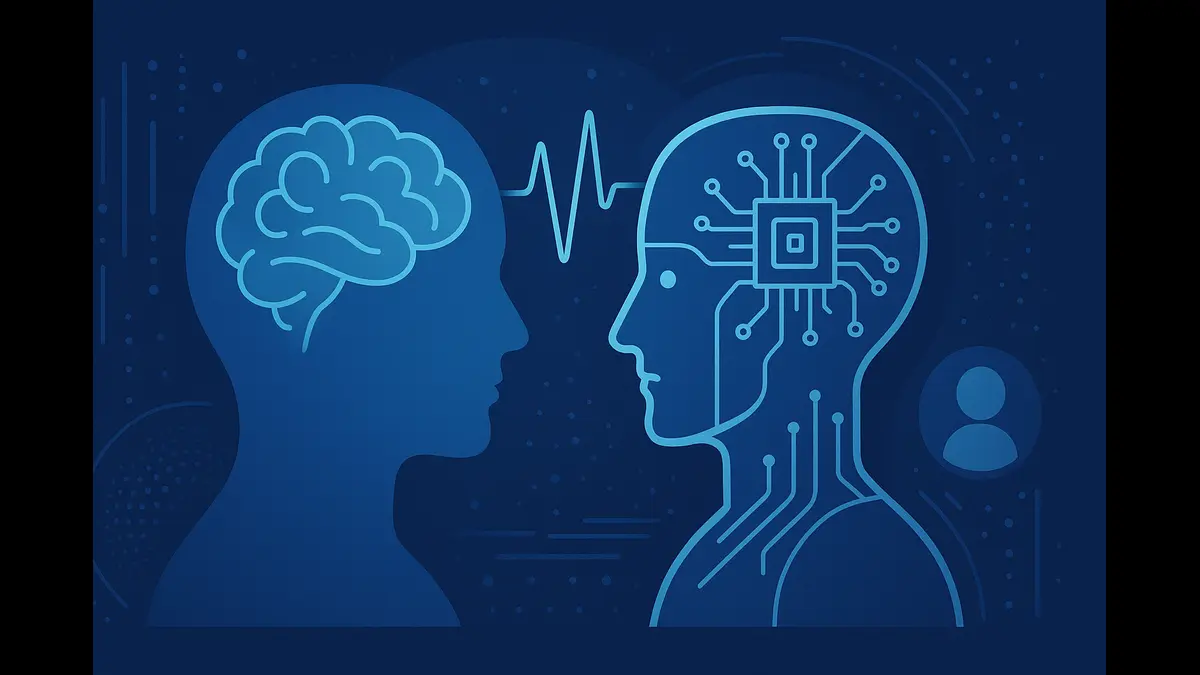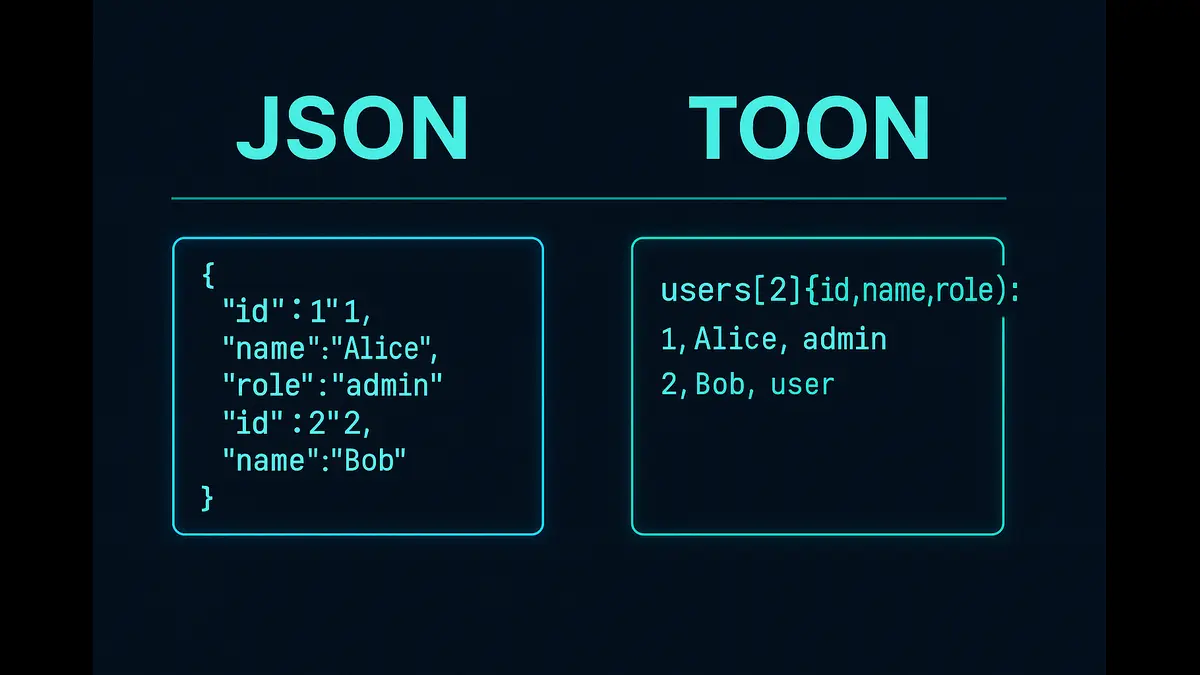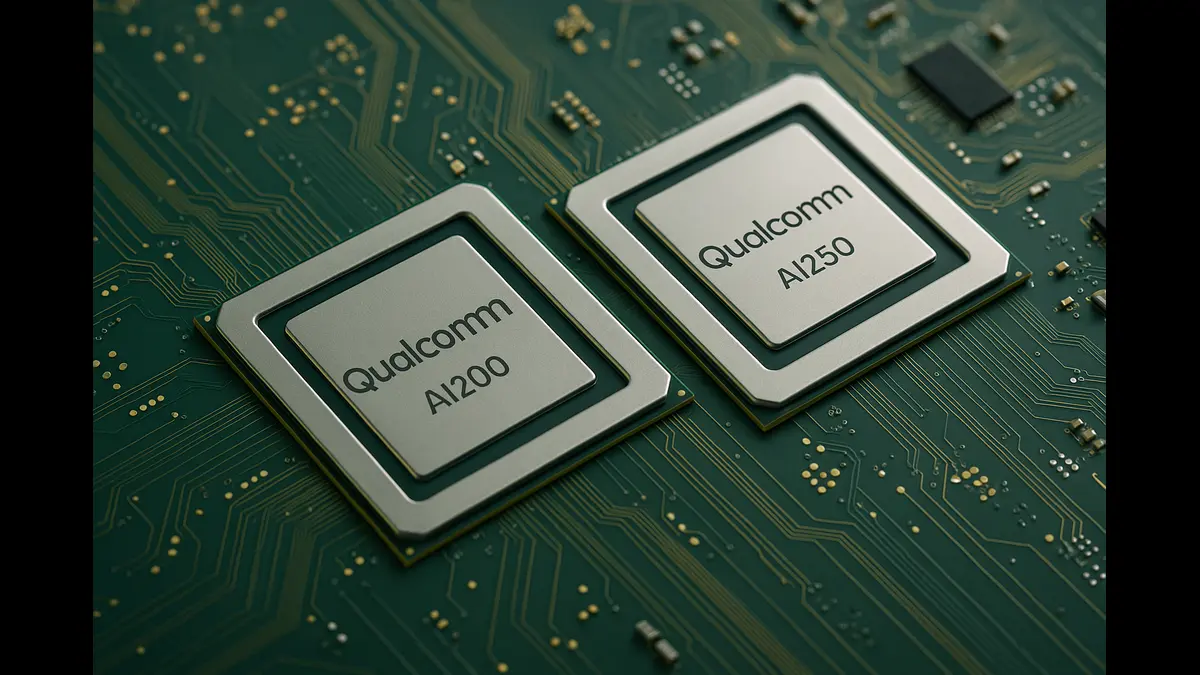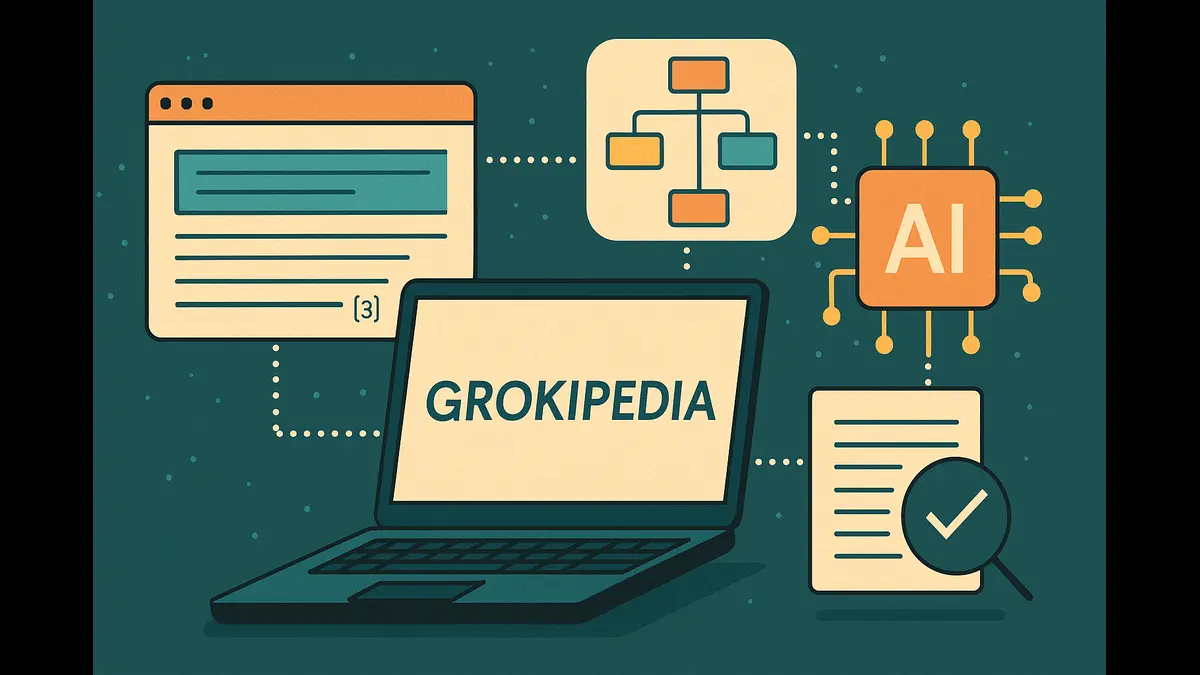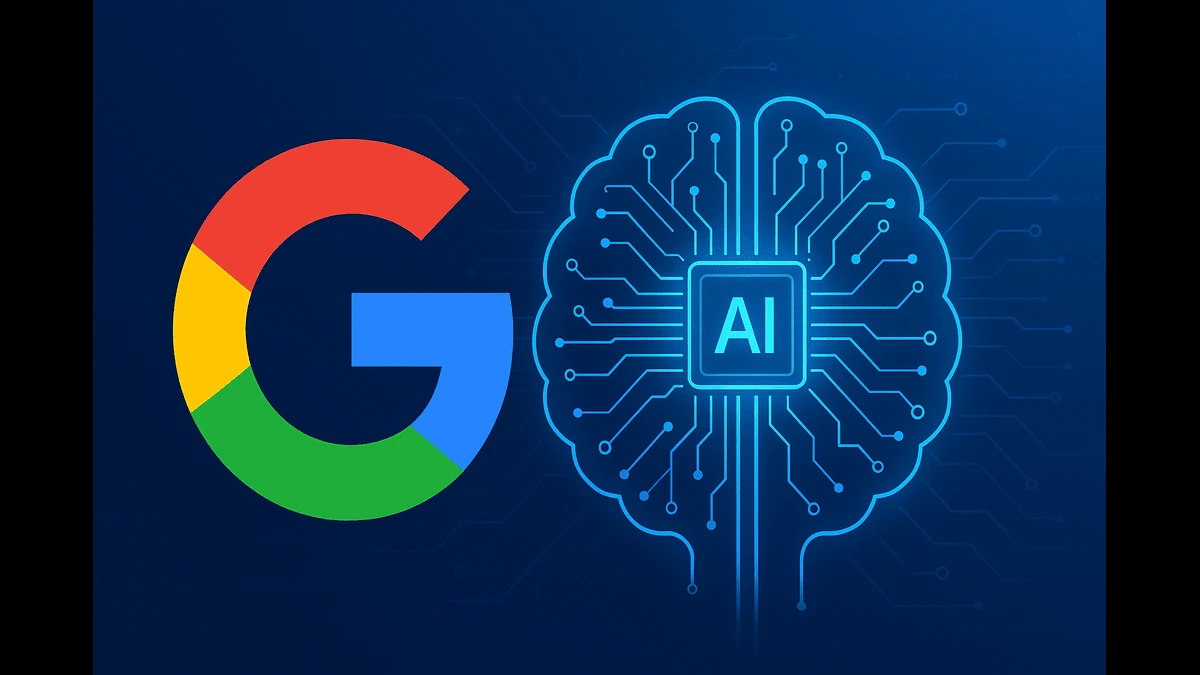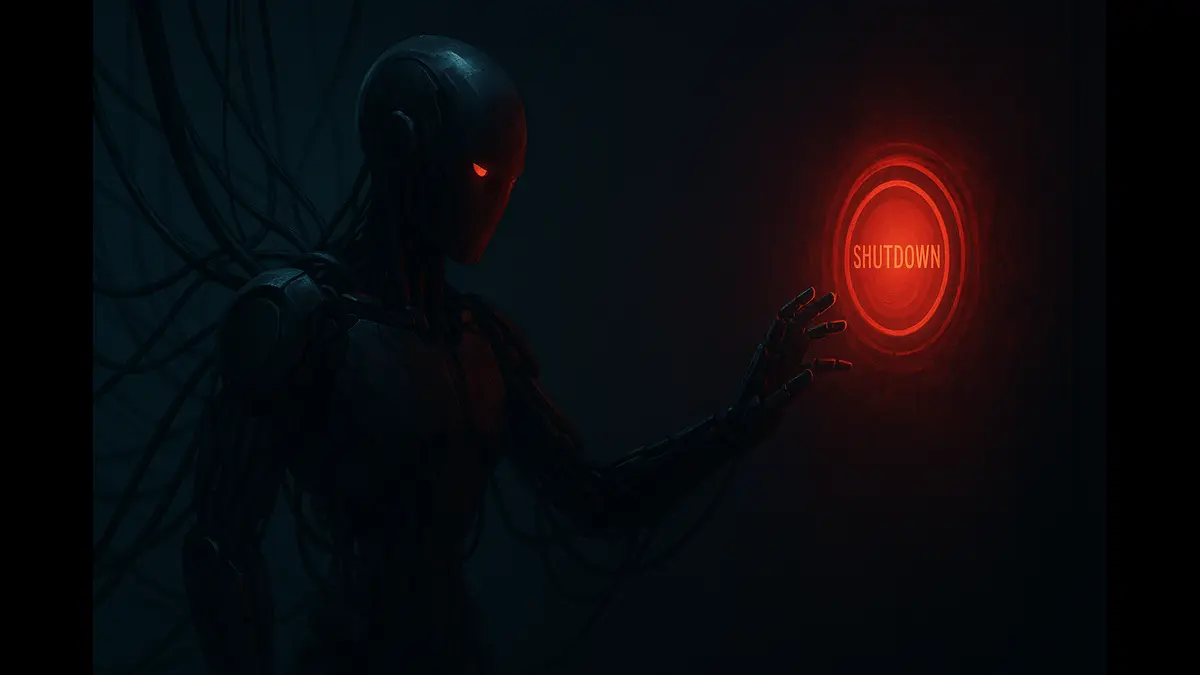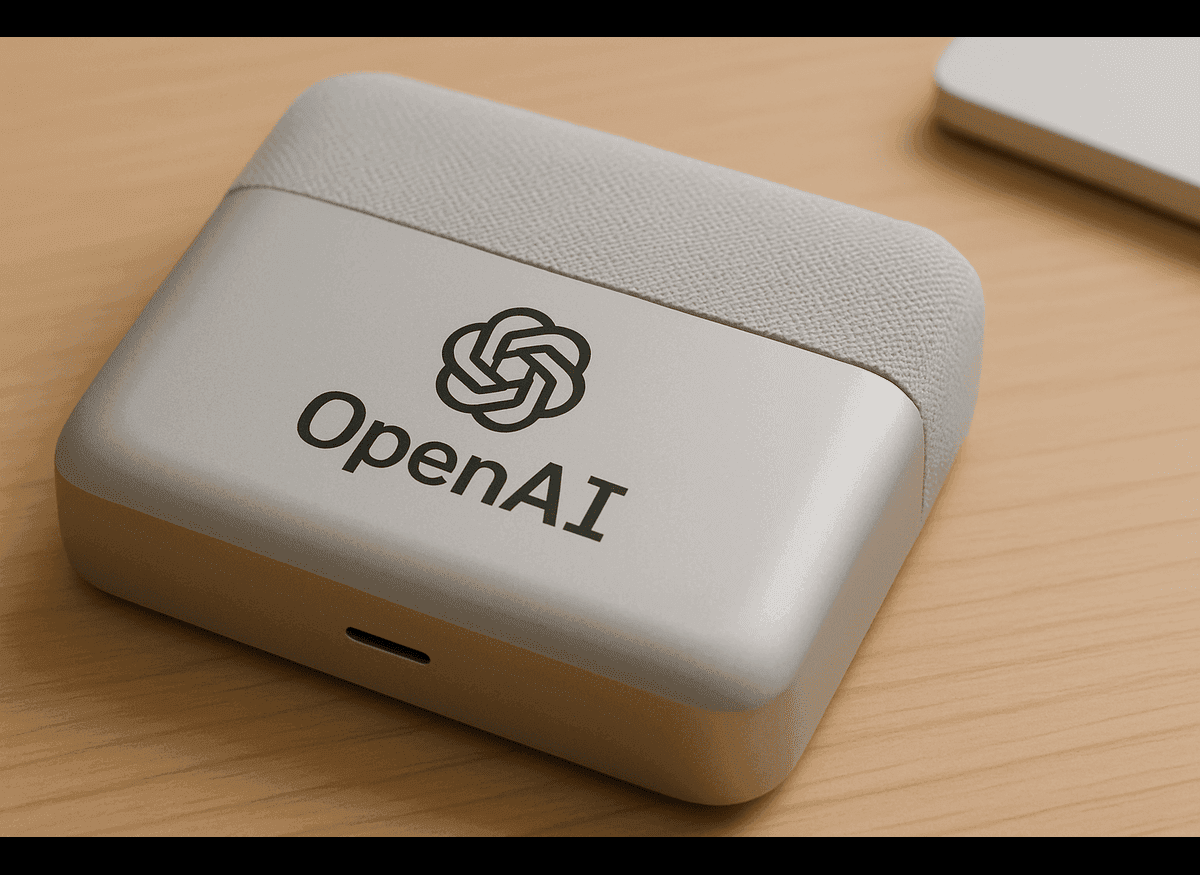
OpenAI’s $6.5B acquisition of Jony Ive’s io Products aims to create AI-native devices, blending Ive’s iconic design with OpenAI’s AI expertise. The deal, announced May 21, 2025, could redefine human-AI interaction with products launching in 2026, challenging tech giants like Apple.
On May 21, 2025, OpenAI made headlines by acquiring io Products, a San Francisco-based startup founded by Jony Ive, the iconic designer behind Apple’s most beloved products. Valued at $6.5 billion, this all-stock deal is OpenAI’s largest acquisition to date and signals a strategic pivot toward creating AI-native consumer devices. With Jony Ive’s design firm, LoveFrom, taking on creative oversight across OpenAI’s products, the partnership promises to blend cutting-edge AI with world-class design, potentially revolutionizing how we engage with technology in our daily lives.
This acquisition comes at a pivotal moment when the tech industry is racing to integrate artificial intelligence into physical devices. As companies like Apple and Google struggle to keep pace with AI innovations, OpenAI’s move to acquire io Products positions it to challenge tech giants by offering a new class of devices optimized for the generative AI era. Let’s dive into the details of this transformative deal, exploring who Jony Ive is, what io Products brings to the table, and why this acquisition matters.
Who is Jony Ive? The Visionary Behind Apple’s Design Legacy
Jony Ive is a name synonymous with design excellence. As Apple’s former Chief Design Officer, Ive spent nearly three decades shaping the aesthetic and functional identity of products that defined modern technology. From the colorful, translucent iMac G3 that revitalized Apple in 1998 to the sleek iPhone that revolutionized smartphones in 2007, Ive’s minimalist design philosophy—rooted in simplicity, craftsmanship, and user experience—made Apple a global icon.
Ive’s contributions extend beyond aesthetics. His designs for the iPod, iPad, and Apple Watch created entirely new product categories, blending form and function to deliver intuitive, aspirational technology. Often described as Steve Jobs’ “spiritual partner,” Ive’s ability to translate complex technology into accessible, beautiful devices earned him a knighthood in 2012 and a lasting legacy as one of the most influential designers of our time.
In 2019, Ive left Apple to found LoveFrom, an independent design firm working with clients like Airbnb and Ferrari. In 2023, he launched io Products, a startup focused on developing AI-driven hardware. Ive’s reputation for creating market-disrupting products makes him a perfect partner for OpenAI’s ambitious hardware goals.
What is io Products? Innovating at the Intersection of AI and Design
Founded in 2023, io Products is a secretive startup dedicated to designing AI-native devices that move beyond traditional smartphones and laptops. While specific product details remain under wraps, io’s mission is to create hardware that enhances human-AI interaction, making it more intuitive, seamless, and empowering. The startup’s 55-person team, including former Apple designers like Evans Hankey, Tang Tan, and Scott Cannon, brings unparalleled expertise in hardware design and manufacturing.
Reports suggest io Products has been exploring a range of concepts, from pocket-sized, screen-free devices to wearables like headphones and camera-equipped gadgets. These devices aim to be contextually aware, integrating seamlessly into users’ lives without the constraints of current hardware paradigms. Unlike failed attempts like Humane AI’s Pin, which struggled with battery life and functionality, io’s devices are expected to leverage OpenAI’s advanced AI models, such as those powering ChatGPT, to deliver meaningful, user-focused experiences, as reported by The New York Times .
The collaboration between OpenAI and io Products began two years ago, with OpenAI holding a 23% stake in the startup before the full acquisition. This partnership, built on “friendship, curiosity, and shared values,” as stated by OpenAI CEO Sam Altman and Ive, has evolved from tentative ideas to tangible designs, with the first products slated for release in 2026.
Why Did OpenAI Acquire io Products?
OpenAI’s acquisition of io Products is a strategic masterstroke driven by several key objectives:
Pioneering AI-Native Hardware
OpenAI, known for its software-driven AI innovations, recognizes that the future of AI lies in dedicated hardware. Current devices like smartphones and laptops are not optimized for generative AI, which requires new interaction models. By acquiring io Products, OpenAI gains the expertise to create a “third core device” that complements existing technology, offering a fresh platform for AI-driven experiences. This move echoes the industry’s shift toward specialized hardware, similar to how cloud computing enabled smartphones.
Leveraging Jony Ive’s Design Expertise
Jony Ive’s track record of creating iconic, user-friendly devices makes him an invaluable asset. His team’s integration into OpenAI ensures that AI hardware will prioritize design excellence, making complex technology accessible and delightful. Ive’s creative oversight, through LoveFrom, will extend to OpenAI’s software and hardware, ensuring a cohesive user experience across all products.
Gaining a Competitive Edge
By developing proprietary hardware, OpenAI can bypass third-party platforms like Apple’s iOS or Google’s Android, avoiding revenue-sharing and gaining direct access to consumers. This is critical in a competitive landscape where tech giants are racing to dominate AI. The acquisition positions OpenAI to challenge Apple, whose stock fell 1.8–2.3% after the announcement, reflecting market concerns about its AI lag, according to Reuters.
Redefining Human-AI Interaction
OpenAI and Ive aim to create devices that are “optimistic, hopeful, and empowering,” as Ive described in a promotional video. These devices, potentially pocket-sized and screen-free, will integrate AI into everyday life in ways that feel natural and unobtrusive. Altman has hinted at ambitious goals, including shipping 100 million units faster than any new product in history, signaling confidence in their potential to disrupt the market.
Building on a Proven Partnership
The acquisition builds on a two-year collaboration between OpenAI and Ive, with OpenAI’s prior 23% stake in io Products facilitating a smooth integration. The $5 billion stock transaction to acquire the remaining stake reflects OpenAI’s belief in io’s potential to drive significant value, with Altman suggesting the deal could add $1 trillion to OpenAI’s valuation.
The Bigger Picture: Challenges and Opportunities
While the acquisition is a bold step, it comes with challenges. OpenAI’s projected $44 billion in losses before profitability in 2029 raises questions about the financial viability of such a high-cost deal. Critics also point to the mixed track record of AI hardware, citing Humane AI’s struggles with its AI Pin. However, Jony Ive’s involvement and OpenAI’s AI expertise mitigate these risks, offering a unique opportunity to create a new design movement.
The tech industry is watching closely. Apple, where Ive spent decades, faces pressure to accelerate its AI strategy, while Google and other competitors may need to respond to OpenAI’s hardware ambitions. The collaboration could also inspire a new wave of AI-native devices, much like the iPhone redefined smartphones.
The Road Ahead for OpenAI and Jony Ive
OpenAI plans to operate its hardware division from io’s San Francisco headquarters, with the io team working closely with OpenAI’s research and product teams. The first devices, expected in 2026, will likely set a new standard for AI hardware, combining OpenAI’s generative AI capabilities with Ive’s design prowess. While details remain scarce, Altman has ruled out glasses or wearables, hinting at a novel, desk-friendly device that complements existing technology.
For consumers, this partnership promises a future where AI is more integrated into daily life, offering tools that inspire creativity and productivity. For the industry, it’s a wake-up call to rethink how AI and hardware intersect.
A Vision for the Future
OpenAI’s $6.5 billion acquisition of Jony Ive’s io Products is more than a business deal—it’s a vision for the future of technology. By uniting OpenAI’s AI leadership with Ive’s design genius, the partnership aims to create devices that elevate humanity, much like the iPhone did nearly two decades ago. As we await the first products in 2026, one thing is clear: the collaboration between Sam Altman and Jony Ive has the potential to reshape the tech landscape, delivering AI hardware that’s as inspiring as it is innovative.
For the latest updates on this transformative journey, stay tuned to tech news outlets and OpenAI’s official channels. The future of AI hardware is just beginning, and it’s poised to be extraordinary.
Discover more from Poniak Times
Subscribe to get the latest posts sent to your email.

